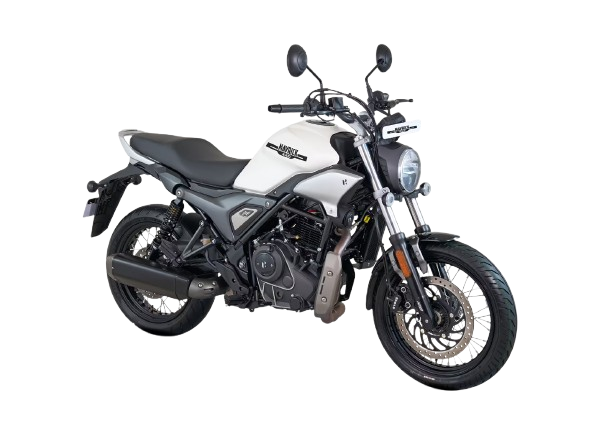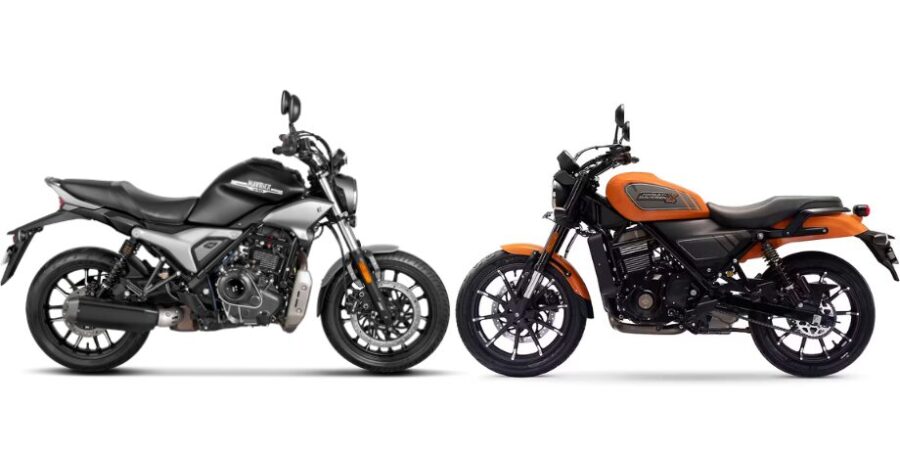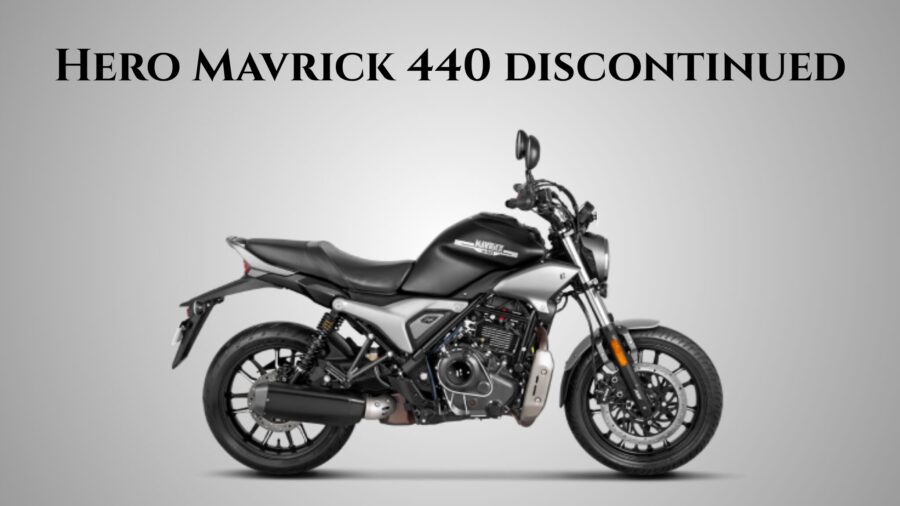4-Point Overview
- Hero MotoCorp quietly ends the production of its premium Mavrick 440.
- No units manufactured or dispatched in the last three months.
- Lack of visibility, poor styling appeal, and missed market connection cited as core issues.
- Despite technical strengths, the model failed to resonate with the target audience.
Introduction: A Promising Dream That Quietly Faded
When Hero MotoCorp unveiled its most premium two-wheeler in years, there was cautious optimism. The Mavrick 440 promised something bold — a fresh design direction, a powerful motor, and a refined platform shared with an international legend. But beneath the surface, it struggled to connect with a market known for being aspirational and design-conscious. And now, the curtain has officially fallen.

From Launch to Silence — A Timeline of Missed Moments
The Mavrick 440 was launched with much technical promise but minimal noise. Its introduction aimed to push Hero into a new segment, one that demanded strong emotional appeal and a distinct identity. Yet from the start, momentum was lacking.
In the last three months, Hero hasn’t produced or dispatched a single unit. That speaks volumes about the model’s trajectory. The silence wasn’t sudden—it was gradual, marked by dwindling bookings and decreasing interest, especially in key markets like Maharashtra, where dealerships stopped entertaining inquiries altogether.
The Lost Connection — Where Things Went Off Track
At its core, the Mavrick wasn’t a flawed product. It offered a refined powertrain, enjoyable performance, and a suspension setup designed for Indian roads. But the challenge wasn’t in what it did offer—it was in what it didn’t.
Hero struggled to tell its story. Marketing campaigns were weak, almost invisible to the core target audience. In a segment where storytelling and brand image often matter more than sheer performance, the Mavrick got lost in the crowd.
A crucial shortcoming was its styling. It didn’t excite. The design didn’t inspire desire or elevate the product’s image to a level that felt premium. In a market where first impressions are often made from the curbside, the lack of a striking silhouette proved costly.
A Tale of Two Strategies — Harley vs. Hero
Perhaps the most telling comparison lies in the performance of its platform sibling — the Harley-Davidson X440. Built on the same foundation, the X440 managed to carve a niche. Why? Stronger brand equity, premium perception, and better marketing execution.
This side-by-side example only deepens the Mavrick’s story. It highlights that in today’s market, even a well-engineered product isn’t enough. Without buzz, aspiration, and sustained engagement, the shelf life can be brutally short.

Data Snapshot: What the Numbers Tell
| Metric | July 2025 | Last 3 Months |
|---|---|---|
| Units Produced | 0 | 0 |
| Units Dispatched to Dealerships | 0 | 0 |
| Dealer Booking Activity | Stopped (Many) | Minimal |
| Market Visibility | Very Low | Declining |
| Platform Peer Performance | Healthy (X440) | Improving |
Conclusion: When Potential Isn’t Enough
The story of the Mavrick 440 is not about technical shortcomings. It’s about missed connections. It’s about how a product that had all the mechanical ingredients could still fade if not supported with the right voice, vision, and visibility.
Hero MotoCorp took a bold step with this offering, trying to pivot towards a more aspirational audience. But in the absence of strong storytelling, compelling design, and sharper market alignment, the effort couldn’t sustain itself. It’s a reminder that in today’s landscape, specs may build the skeleton — but brand, appeal, and engagement breathe life into the soul.

